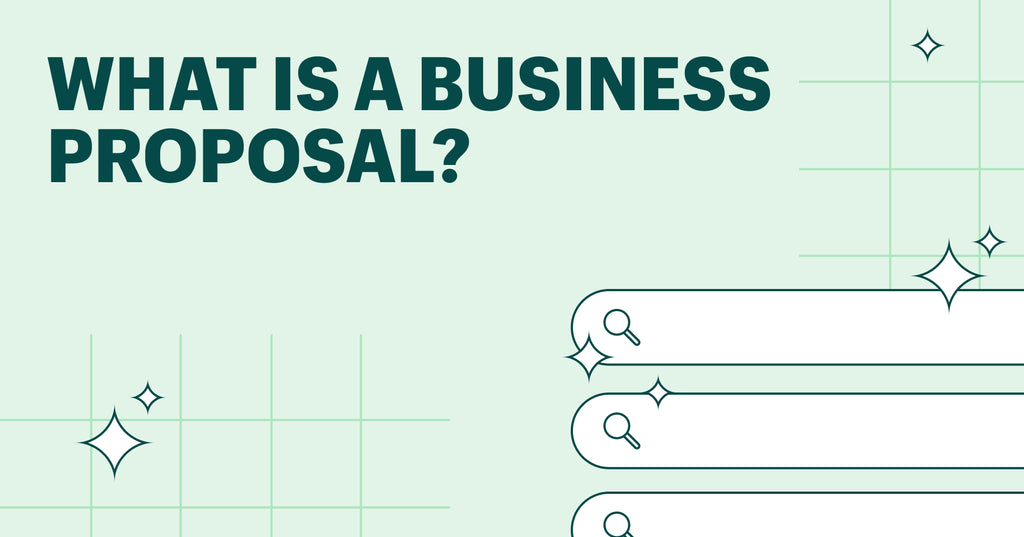Abusiness proposalis a document that’s designed to persuade an organization to buy a product or service. A proposal is usually solicited or unsolicited – meaning, that the purchasing company is either actively seeking proposals that meet a specific need or is reacting to an offer, often from a sales person, to consider a proposal.
For example, an unsolicited proposal might result from a dinner conversation at a trade show where the seller tells a prospect that they have a solution to the prospect’s problem, and says, “Would you like me to submit a proposal for that?”
Solicited proposal language
Companies use a range of acronyms when soliciting business proposals from vendors:
- Request for information (RFI)– This screening tool often precedes the proposal solicitation process. It’s designed to help the buyer understand which vendors are in the best position to provide what’s needed.
- Request for proposal (RFP)– In addition to outlining what the customer needs, this document also details not only what it wants to receive from the vendor in the proposal, but also how the proposal information should be organized and presented. An RFP is often used when the buyer needs to evaluate which company is the best vendor based on a number of factors besides price.
- Request for quotation (RFQ) – These are used when price is a primary factor in the purchasing decision, but not the only one. The buyer might need information about product availability, delivery times, and other specifics. Proposals responding to RFQs are often shorter than those for RFPs.
- Invitation for bid (IFB)– IFBs are used to solicit services based primarily on price. Most simply put, they’re a request for a response to the question: “What would you charge to do this?”
Business proposal elements
While business proposals can take the form of a less-structured proposal letter, they are often long documents that might include anything from engineering specifications tobusiness plansto project staffing, depending on what’s requested in the RFP.
Vendors responding to RFPs must always follow the buyer’s preferred, stated format with the proposal. Common elements requested, which can also be used in unsolicited proposals, often include:
- Cover letter
- Cover page
- Executive summary
- Table of contents
- Overview or summary of the problem or need
- Strategy or approach to solving the problem
- Representative tactics
- Company qualifications
- Schedule
- Costs
Business proposals can be as short or as long as necessary to communicate required information.
What Is a Business Proposal? FAQ
What is meant by business proposal?
What should a business proposal include?
- Executive Summary: A brief overview of the proposal, including a summary of the main points and any applicable background information.
- Problem Statement: A clear explanation of the problem or need that the proposal is addressing and why the proposed solution is necessary.
- Proposed Solution: A detailed description of the proposed solution, including any relevant information about the product or service being offered, pricing, timeline, and any other key details.
- Benefits: A list of the benefits that the proposed solution will provide to the customer, such as cost savings, increased efficiency, or improved customer experience.
- Evaluation: A summary of the evaluation process that was used to determine the effectiveness of the proposed solution.
- Conclusion: A brief statement summarizing the proposal and its key points.
What are the 3 main types of proposals?
- 一般建议:非正式建议ly short, straightforward documents used to describe a project and its estimated costs. They are typically used to propose a specific solution to a problem or a request for products or services.
- Formal Proposals: Formal proposals are more involved and often require extensive research and planning. Such proposals are typically used to secure contracts or large grants.
- Request for Proposals (RFPs): RFPs are used by organizations to solicit proposals from potential vendors. They contain specific information regarding the project, the requirements, and the evaluation criteria used to select the successful proposal.

